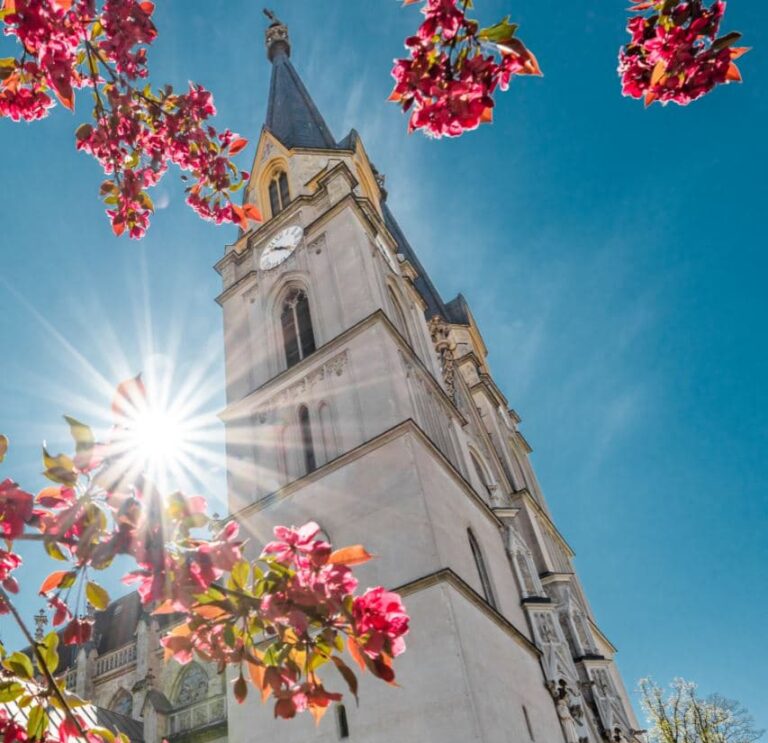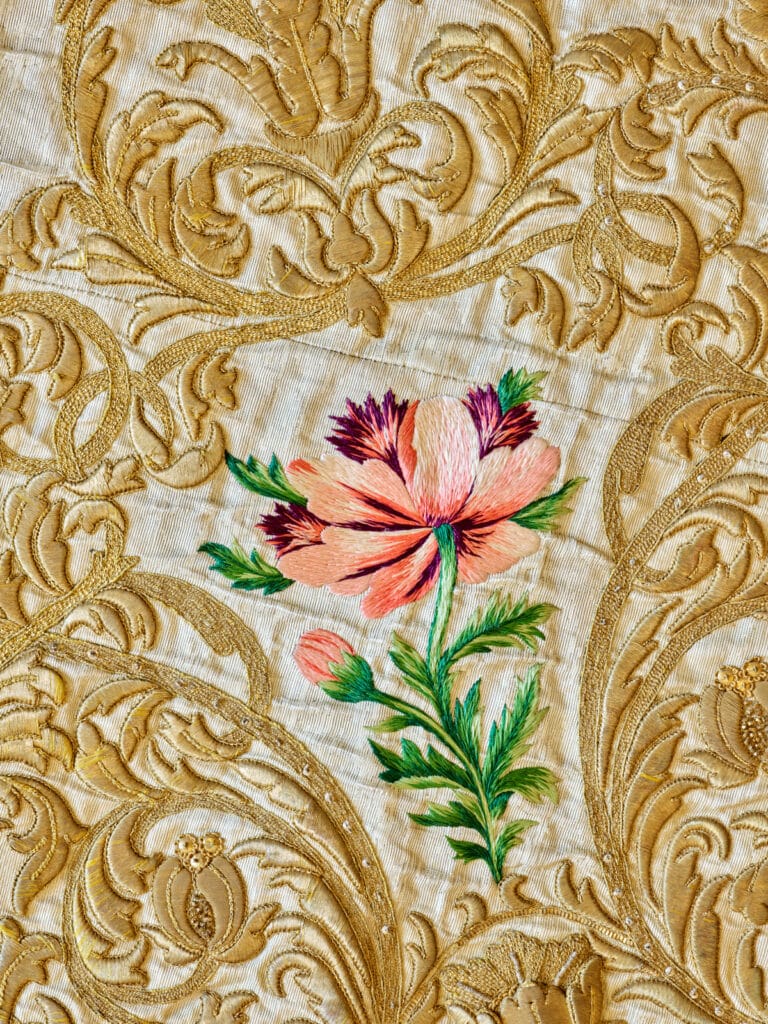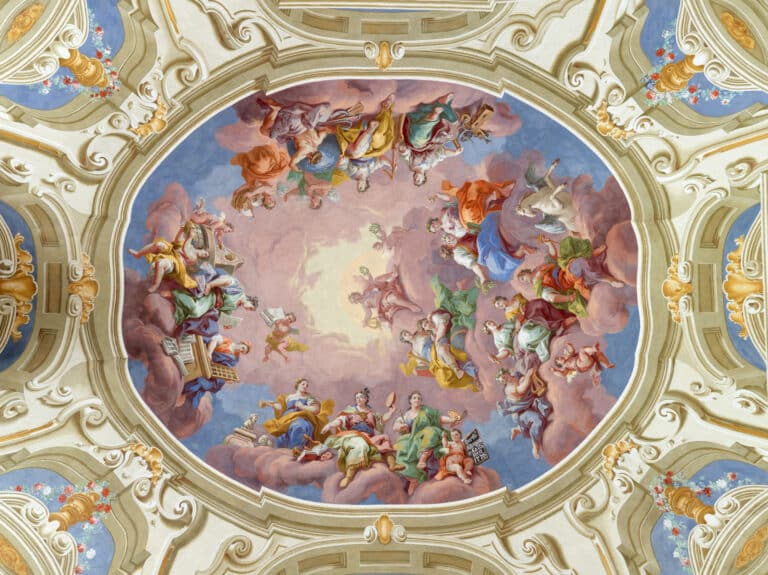Advent, Advent, a little light is burning
Wednesday, 01.12.2021
First one, then two, then three, then four, then the Christ Child is at the door. Which saints Christians remember during Advent and which customs accompany the pre-Christmas period.
Anticipation is known to be the greatest joy. We celebrate Christmas on 24 December. Until then, we use the time to prepare for it. But this doesn't mean working through wish lists or planning Christmas dinner. Advent centres on the arrival of God incarnate. Christians prepare for the birth of Jesus on the one hand and for his return to earth on the other. This expectation is also reflected in the name "Advent", which is derived from the Latin "adventus" and means "arrival". Even if the preparation for this holy time nowadays consists more of baking biscuits and singing carols, Advent was originally characterised by fasting and renunciation. The duration of Advent has also changed. The preparation period once lasted six weeks and was shortened to four weeks by Pope Gregory I. Only in Milan do people still celebrate Advent for six weeks. A time around which there are also many old customs.
Advent wreath
The German theologian Johann Hinrich Wichern had the brilliant idea for the Advent wreath around 180 years ago. He was inspired by orphans entrusted to his care who lived in an orphanage. Only he knows how often he actually heard the question "When is Christmas?". Probably more than once, because to make the children's wait easier, Pastor Wichern put candles on a wagon wheel. Nineteen small and four large ones. The small candles marked the days of the week from Monday to Saturday. The large candles were lit on the four Sundays in Advent. The material so typical of the Advent wreath, fir branches, only became popular towards the end of the 19th century. Nowadays, Advent wreaths are also made of wood, wrought iron, evergreen leaves, pine cones and even plastic and porcelain. As different as they may look, they all have one thing in common: unlike the very first Advent wreath, they only have four candles.
Advent calendar
The Advent calendar was invented just thirty years after the Advent wreath. However, this custom had little to do with the jam-packed Advent calendars of today. The first Advent calendars consisted of individual pictures that were hung up one by one on each day in December. In other places, one of 24 chalk strokes was simply wiped away. It wasn't until around a hundred years ago that the first printed Advent calendars came onto the market. These developed into hidden object Advent calendars with little doors to open. It was only later that small pieces of chocolate were placed behind these doors for the first time. Today, the Advent calendar has reached a new level of hype: from tea, cosmetics, toys and books to flower seeds and chocolates, Advent calendars are available in all kinds of designs.
Barbara branches
The Roman Catholic Church commemorates Saint Barbara on 4 December. She died a martyr's death in 306. According to legend, she was locked in a tower by her father to prevent her from getting married. After she managed to escape, Barbara was betrayed and beheaded by her own father. He is said to have been struck by lightning. To commemorate her, many Christians cut a branch of flowers on 4 December to place in a vase at home. If they are in full bloom at Christmas, the branches are said to bring good luck according to ancient custom. Even weddings are said to be predicted in this way.
St Nicholas festival
Although they are often confused: St Nicholas has nothing whatsoever to do with Father Christmas. While the latter was invented as an advertising face for a drinks brand, St Nicholas was born around 280 AD and was consecrated Bishop of Myra in the year 300. He is said to have become aware of the fate of three daughters of a destitute family. To enable them to marry, St Nicholas is said to have secretly thrown three bags of gold into the house. An old custom is also based on this. On the eve of 6 December, children place their boots in front of the door so that St Nicholas can fill them with sweets.
Mary Conception
Mary is probably the most famous of all mothers. The 8th of December is dedicated to her. On this day, Christians commemorate their Blessed Mother, who was without sin. In Austria, this day is even a public holiday with a centuries-old tradition. The great significance of "Mary's Conception" for the Roman Catholic Church is also evident in Rome. Every year, the Pope celebrates this holiday with a prayer addressed to the Virgin Mary in the Piazza di Spagna.
Lucien lights
Christians commemorate Saint Lucy on 13 December. Legend has it that she wore candles on her head so that she could use both hands to carry food and drink. Finally, St Lucy is said to have cared for persecuted Christians in their underground hiding places. Many customs have derived from this. In Sweden, the eldest daughter of the house wears a wreath of candles on her head and parades through the town as St Lucy's bride. In Upper Bavaria, children make little boats in the shape of houses, fill them with candles and set them in the river in the dark. In Italy, folk festivals and candlelight processions take place in many places. Elsewhere, children place tea lights in windows to herald the end of the dark days.




